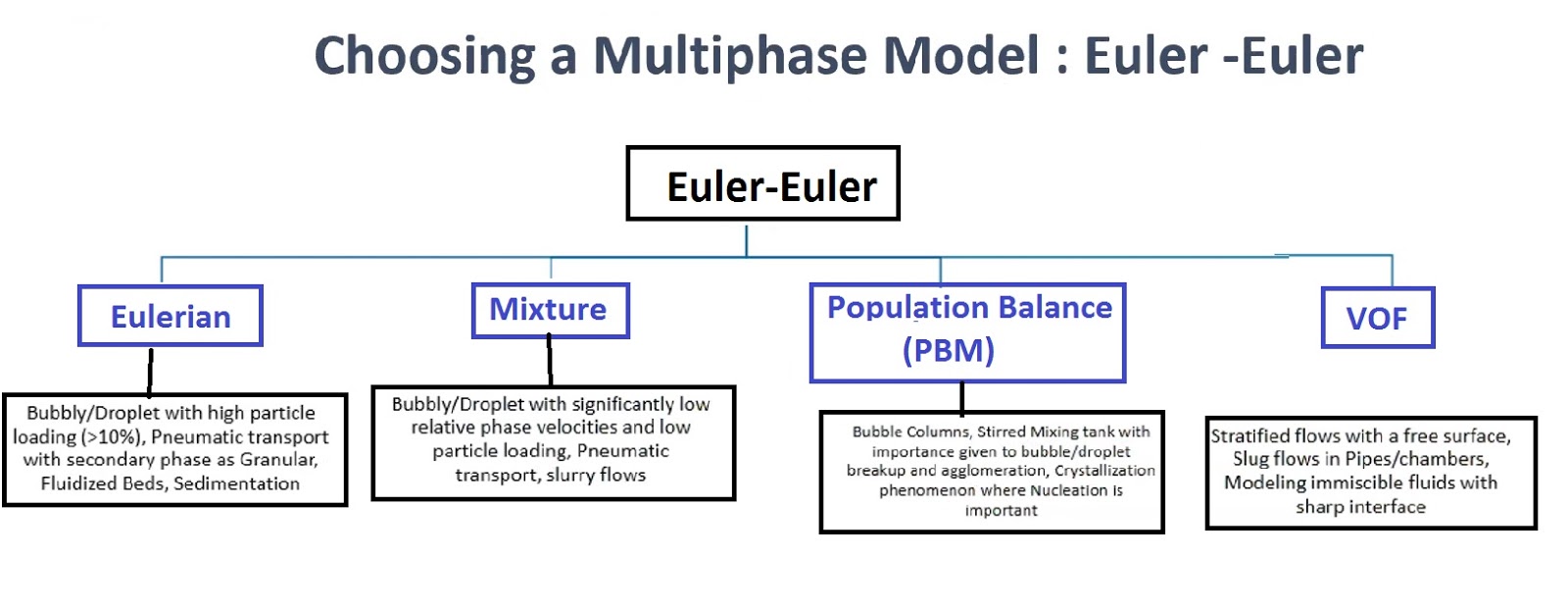
- #Introduction to comsol multiphysics 5.3 manual#
- #Introduction to comsol multiphysics 5.3 software#
- #Introduction to comsol multiphysics 5.3 windows#
See why DE's Editors selected version 5.3 of COMSOL Multiphysics and COMSOL Server as their Pick of the Week. Register for the May 23rd webinar “New Acoustics Module Features in COMSOL 5.3.” Register for the May 10th webinar “New Heat Transfer Modeling Features in COMSOL 5.3.” To see more COMSOL version 5.3 release highlights, click here.
#Introduction to comsol multiphysics 5.3 software#
“Our users will find great value in new solvers, the new physics interfaces and the many enhancements throughout COMSOL software from model creation to deployment of apps.”

“Version 5.3 is a result of our continued focus on delivering highly capable mathematical modeling tools,” says Svante Littmarck, president and CEO, COMSOL Inc., in a press statement.

#Introduction to comsol multiphysics 5.3 windows#
The COMSOL Application Builder is supported in the Windows operating system. In the Application Builder, app designers can now define customized actions when clicking on plots in graphics objects, enabling the creation of interactive apps.ĬOMSOL software runs on Windows, Linux and Macintosh operating systems. Updates to COMSOL Server include comprehensive log files for user activity as well as a centralized cluster administration setting in the COMSOL Server web interface to facilitate the setup and running of apps on clusters. The tutorials span several areas from permanent magnet motors, cables and horn antennas to supersonic flows, electronics cooling and vibration and noise in a gearbox. The COMSOL Application Libraries feature more than 50 new and updated tutorial models, allowing users to quickly adopt new features, tools and modeling techniques. Among the potential uses of this usability feature, explains the company, would be the ability to create a reusable model method that generates a complicated array of geometric objects to expand on the standard functionality of the Model Builder. Users can now simply record a set of operations, like a macro, and use the resulting method while setting up or solving a model. With the introduction of model methods in version 5.3, COMSOL says that it is easy to automate repetitive operations directly in the Model Builder.
#Introduction to comsol multiphysics 5.3 manual#
This COMSOL 5.3 image depicts a vibration and noise analysis of a 5-speed synchromesh gearbox inside a vehicle with a manual transmission. A new option for automatic geometry defeaturing through virtual geometry operations is now also available. Users working with models and geometry requiring the use of several element types should benefit from the automatic generation of pyramidal elements to handle the transition between swept, hexahedral, prismatic and tetrahedral meshes, says COMSOL. Further, turbulent flow modeling is said to now offer more robust computations with automatic treatment of walls, a feature that blends high-fidelity, low-Reynolds formulation with wall functions.īeginning with version 5.3 the Model Builder now more rapidly deals with geometry and mesh operations for models with large arrays and complicated solid operations in 3D.


Image courtesy of COMSOL Inc.įor handling large CFD models the new AMG solver requires only a single mesh level and is now the default option for many fluid flow and transport phenomena interfaces. COMSOL says that the simulation process is more robust for problems such as fluid-structure interaction as shown in the solar panel simulation here. Users can quickly set up simulations that combine wires, beams, surfaces and solids in the same model, says COMSOL, adding that users can combine BEM and finite element (FE) methods in multiphysics simulations.ĬOMSOL 5.3 introduces a new Algebraic Multigrid (AMG) solver for CFD (computational fluid dynamics) analyses, which allows for solving large fluid flow problems with a single mesh level. Additionally, geometry and mesh performance improvements from automatic pyramid element transitions and automatic removal of geometric details are reported.ĬOMSOL explains that for modeling electrostatics and corrosion effects, version 5.3's new BEM capabilities will enable users to simulate models with infinite domains and voids. CAD import is now up to 5x faster, while loading and saving MPH (COMSOL Multiphysics) formatted files see a 2x to 10x performance boost. By way of example, COMSOL reports potential speedups for such operations as selections of domains, boundaries, edges and points, as well as OpenGL rendering range up to 10x. Image courtesy of COMSOL Inc.Ĭompared with a very recent edition, existing users could see COMSOL version 5.3 handle large models anywhere from 2x to 10x faster depending on the details of the model, according to the company. COMSOL 5.3's new Boundary Element Method (BEM) functionality was used to create this simulation. This image shows a numerical simulation of the electrochemical potential distribution along an oil rig in sea water.


 0 kommentar(er)
0 kommentar(er)
